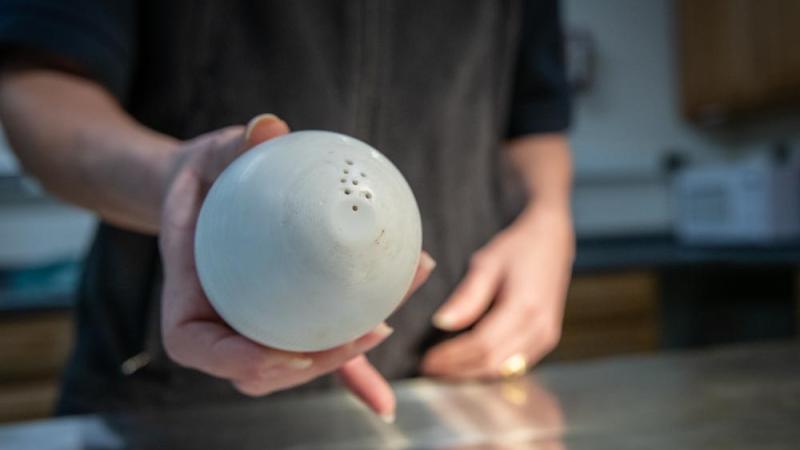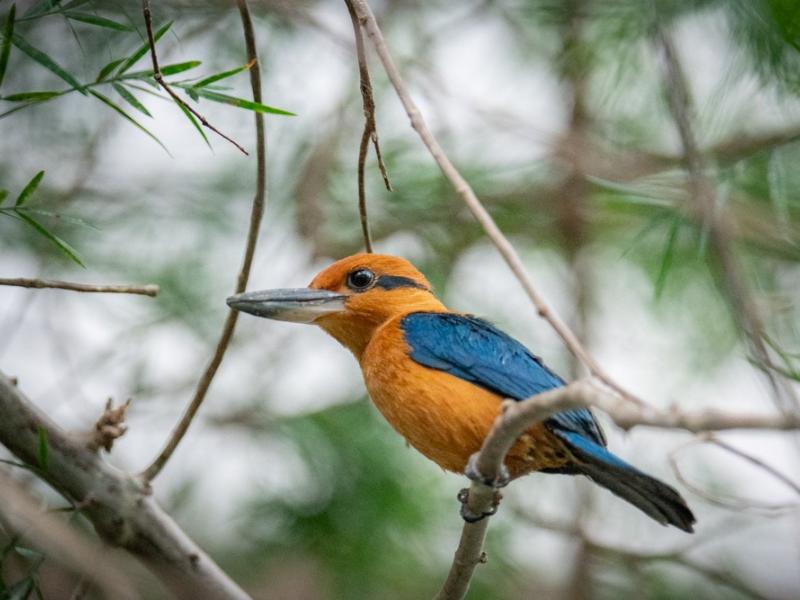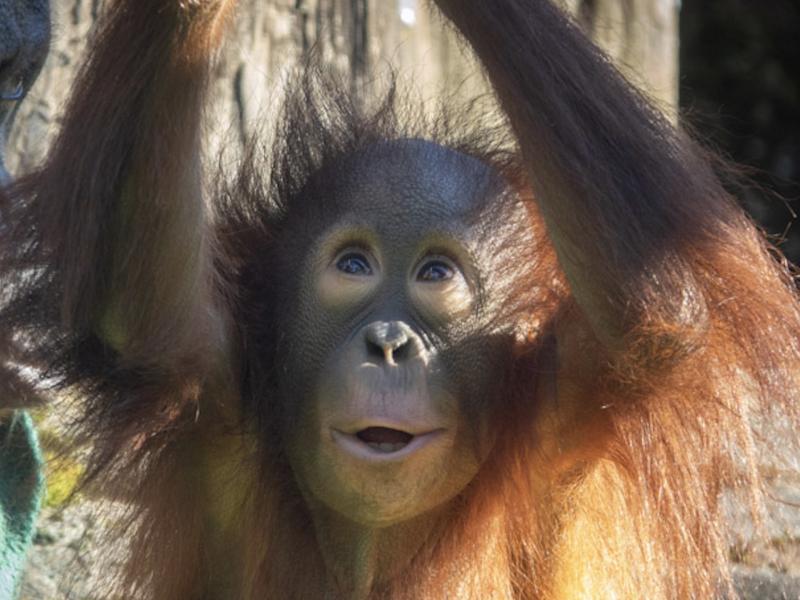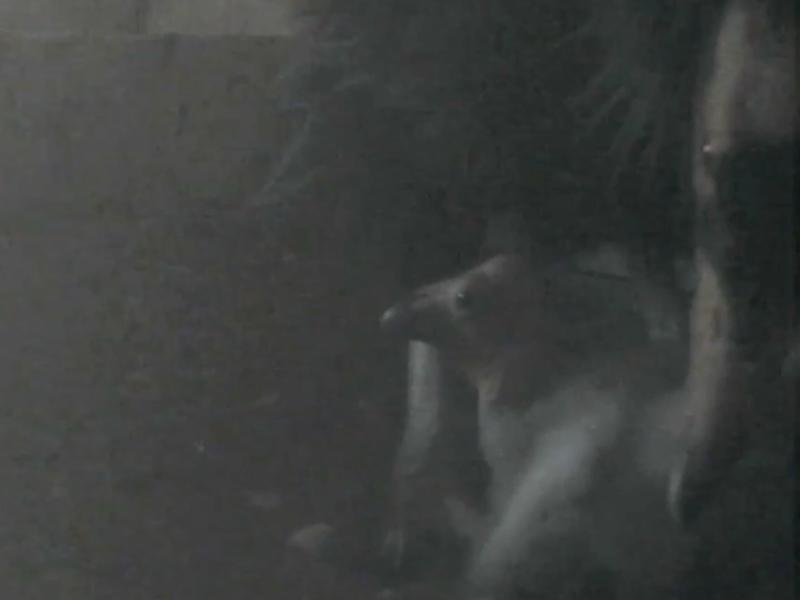High-tech 'smart egg' could help save condors

Electronic egg gathers data to improve survival of endangered chicks
It may technically be a dummy, but the newest egg at the Oregon Zoo’s condor conservation center is pretty smart. Created by a 3D printer in a laboratory at Texas A&M University, the electronic replica egg records sound, temperature, movement and other data critical to rearing new generations of endangered California condor chicks.
“We’ve never been able to get this type of information from inside of a California condor nest before,” said Kelli Walker, the zoo’s senior condor keeper. “Knowing the precise conditions for rearing healthy chicks could be very useful to condor recovery efforts.”
Condor chicks hatched at the center are eventually sent to release sites in the wild, boosting the critically endangered species’ population. To increase the number of chicks, staff occasionally move the first-laid egg of one pair to an incubator, a process called double-clutching.
The period between incubating real eggs is where the data-collecting ‘smart egg’ comes in. When it’s in a nest box, equipment hidden inside measures turn rate, temperature and how often the egg is moved. It can also record audio of condor parents’ breathing and heartbeats while they take turns sitting on the nest. And when placed in an incubator next to a real egg, it can play back those recorded sounds for the developing chicks.
“We know unhatched chicks can hear their parents while they’re still inside the egg,” Walker said. “Playing them sounds they’d be hearing inside the nest is one more way we can provide the best space possible for them to grow.”
Walker heard about this dummy egg technology being used with seabirds and parrots from Dr. Scott Shaffer, a professor at San Jose State University, and Dr. Constance Woodman at Texas A&M. She reached out to see if they could help her create a similar egg that would work for condors.
“I sent them dimensions of an actual condor egg, and they used a 3D printer to create two dummy eggs that were exactly the same size,” Walker said. “We don’t want these eggs to be different from the real thing in any perceptible way, so we glued rocks to the inside shells to match the weight. They roll around really naturally and so far, the birds seem completely fine with it.”
The condor team has been using the two dummy eggs since mid-February, one in a nest box under a breeding pair, and the other in the incubator to record baseline temperatures. While it will take time to get valuable data, Walker and her fellow condor care staff are optimistic.
“This could be groundbreaking for California condor recovery efforts everywhere,” Walker said. “And with only about 500 California condors in the world, any progress we can make is critically important.”
The California condor was one of the original animals included on the 1973 Endangered Species Act and is classified as critically endangered. In 1982, only 22 individuals remained in the wild and by 1987, the last condors were brought into human care in an attempt to save the species from extinction. Thanks to recovery programs like the Oregon Zoo’s, the world’s California condor population now totals around 500 birds, most of which are flying free.
The Oregon Zoo’s condor recovery efforts take place at the Jonsson Center for Wildlife Conservation, located in rural Clackamas County on Metro-owned open land. The remoteness of the facility minimizes the exposure of young condors to people, increasing the chances for captive-hatched birds to survive and breed in the wild.
Upgrades and new equipment at the center have been made possible through continued support from the Avangrid Foundation and donations to the Oregon Zoo Foundation, which supports the zoo’s efforts in advancing animal well-being, species recovery work and conservation education. To contribute, go to oregonzoo.org/give.
More than 115 chicks have hatched at the Jonsson Center since 2003, and more than 73 Oregon Zoo-reared birds have gone out to field pens for release. Several eggs laid by Oregon Zoo condors have been placed in wild nests to hatch.
California condor breeding programs are also operated at San Diego Zoo’s Wild Animal Park, the Los Angeles Zoo and the Peregrine Fund’s World Center for Birds of Prey in Idaho. For more information, visit oregonzoo.org/condors.
More News

Zoo welcomes ultra-rare sihek kingfishers
The Oregon Zoo is home to many critically endangered species, but perhaps none as rare as its newest arrivals: a trio of sihek kingfishers.April 25, 2024

Jolene turns 2: Zoo to celebrate orangutan's 2nd birthday
The littlest member of the orangutan family is celebrating a big milestone this week: Jolene will turn 2 on Saturday.April 12, 2024

Seven chicks and counting: Zoo welcomes first condors of 2024
Seven fluffy chicks hatched last month at the Oregon Zoo’s Jonsson Center for Wildlife Conservation.April 5, 2024

